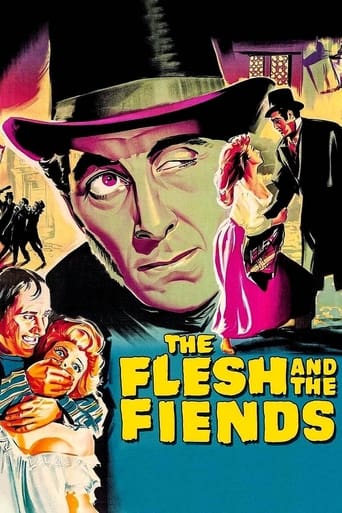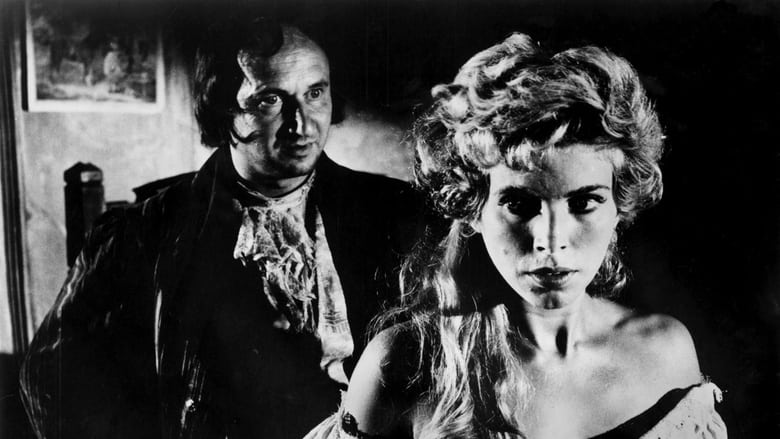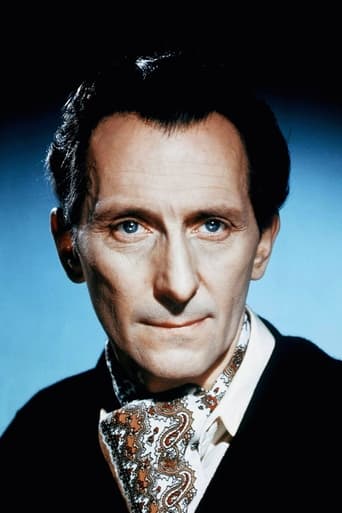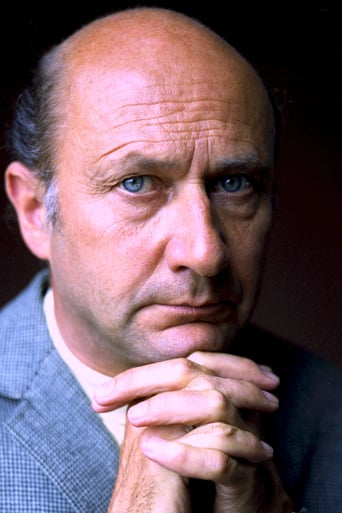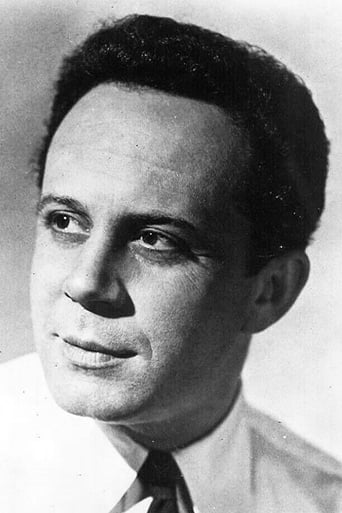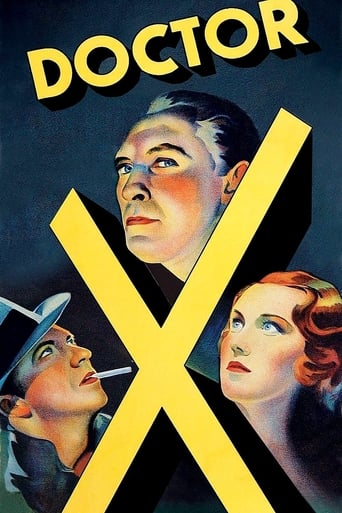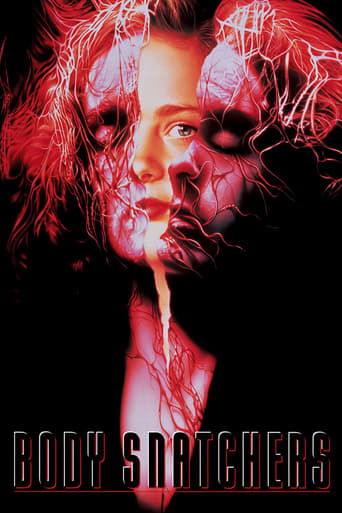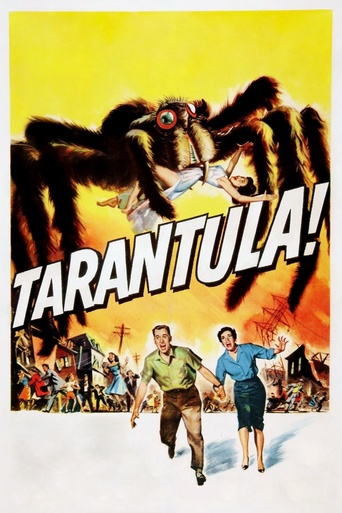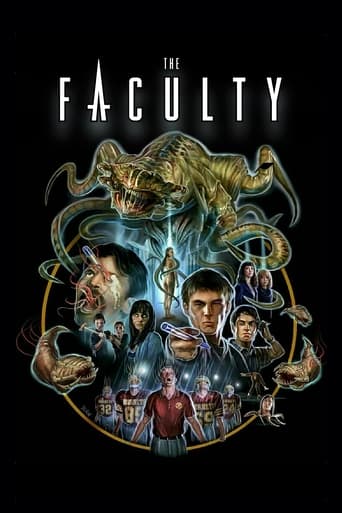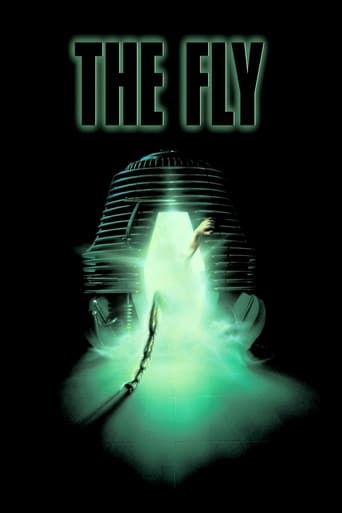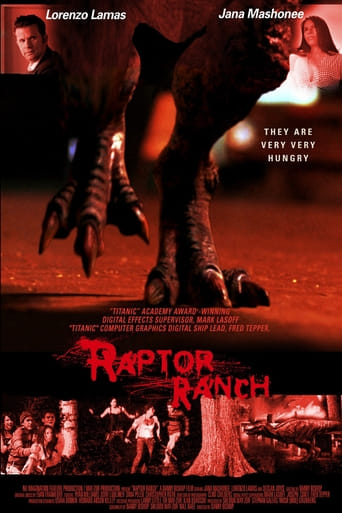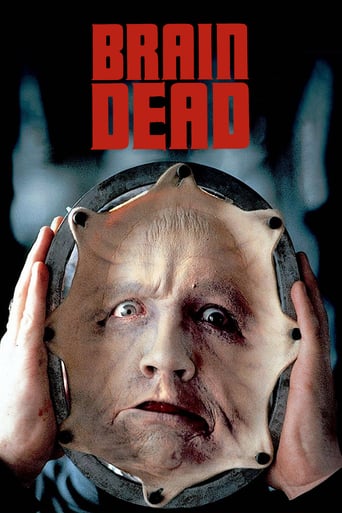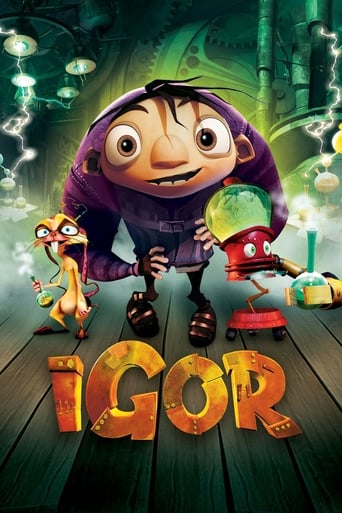The Flesh and the Fiends (1961)
Edinburgh surgeon Dr. Robert Knox requires cadavers for his research into the functioning of the human body; local ne'er-do-wells Burke and Hare find ways to provide him with fresh specimens...
Watch Trailer
Cast


Similar titles
Reviews
I wanted to but couldn't!
Highly Overrated But Still Good
Good films always raise compelling questions, whether the format is fiction or documentary fact.
what a terribly boring film. I'm sorry but this is absolutely not deserving of best picture and will be forgotten quickly. Entertaining and engaging cinema? No. Nothing performances with flat faces and mistaking silence for subtlety.
A fantastic little chiller, recounting the events leading up to the trial of Burke and Hare – two infamous grave-robbers from the 19th century who eventually turned to murder when the stiffs stopped turning up fast enough. This black and white chiller-thriller, directed by the reliable John Gilling, has a great atmosphere to it, which really conveys the sleazy side of Edinburgh during the period. The sets are almost exclusively grotty, from flea-pit hovels to sleazy pubs and taverns which have all the look and appeal of a particularly nasty brothel. Such grotesque surroundings are contrasted by the life of Dr. Knox, who lives in stately homes, throws expensive parties for the upper-crust, and who teaches and works in stark, spotless laboratories and lecture theatres.The literate script throws in plenty of murky humour and what is essentially black comedy from the Burke and Hare characters, as well as drawing out the morals of the situation and giving some deep characterisation to the leads. Not only are Knox and the grave-robbers fleshed out, we also get three-dimensional medical students, their respective lovers (including a standout turn from Billie Whitelaw as a drunken young girl) and some bizarre characters thrown into the mix too – from blind street beggars to Daft Jamie, an affectionate village idiot played excellently by Melvyn Hayes.The film has a relatively slow pace to it, but builds up throughout, leading to a climax which also features some of the best acting work of Peter Cushing (as Doctor Knox), who is somewhat relegated to the sidelines midway through the film only to emerge at the finale with some stupendous acting work. Cushing's harsh, cold, proud, vain but ultimately good-hearted Doctor Knox turns a blind eye (both metaphorically and physically, thanks to his atrophied left eyeball) to the sinister grave-robbers he employs to procure fresh corpses. Cushing is outstanding in the part, just as good here as he was as Baron Frankenstein or Van Helsing.Also excellent are George Rose and Donald Pleasence as the twin pairing of Burke and Hare. Rose is the thuggish, brutish side of the partnership, whilst Pleasence excels as the snivelling-but-smart Irish ruffian Hare. Add to this some nice work from George Woodbridge, Esma Cannon, and John Cairney, some explicit grave-robbery and horror involving corpses and brutal murder, and you have a film which is surprisingly adult – and explicit – in its themes for the 1950s. Whatever way you look at it, this is a genre classic and a must for fans of such fare.
A surprisingly effective retelling of the adventures and ultimate fates of the two grave robbers and murderers -- William Burke (George Rose) and William Hare (Donald Pleasance) -- and Dr. Knox, the lecturer on anatomy (Peter Cushing) who was complicit in their crimes.At the time, the mid-1800s in Edinburgh, Scotland, it was difficult for medical schools to come by cadavers for dissection. They were forced to wait for hangings and sometimes chafed at the long intervals between executions. The raggedy and snaggletoothed Burke and Hare, among many other "ressurectionists", collected dead bodies off the streets and sold them to Knox in an excess of zeal to advance the progress of medical science. The bodies would otherwise have wound up in pauper's graves. And there WERE dead bodies found on the streets. There is no poverty like the poverty of a northern city in the grip of unfettered industrialism.However, if a thing is worth doing well, it's worth doing in extremes. Burke and Hare made the short and simple step from collecting dead bodies, through grave robbing, to murder. Knox is portrayed as a cold-blooded scientist who believes neither in the soul nor in the guilt of his two enablers.I don't know how closely the script follows the historical events, but it's convincingly done, even if the budget is a bit low. The sets look a little perfunctory. The cobbled, crooked night-time streets of the city are nicely on display but there was no provision for fussy extras like street lamps or street litter or intimate nooks and crannies and cheap shops. The lighting seems to come from nowhere and what we're looking at appears to be a rather stark movie set instead of an atmospheric Edinburgh street.Burke and Hare eventually go too far -- knocking off victims that are well known and fondly thought of by some of the community -- but they don't really change. The arc of character belongs to Cushing's Dr. Knox. He's openly insulting to other figures in the medical profession. He seems not devoted to helping humanity, but holds them in contempt. Until, after the trial of Burke and Hare, he stoops down in a city square when a tattered little girl asks him for alms. He has no money but invites her to accompany him to his home where he will give her some cash. "Oh, no!," she replies, "You might sell me to Dr. Knox." That does it for Knox. He discovers his compassionate side.It would have been more effective if we'd seen his devotion to medicine but in fact his lectures have been as cold and distant as the rest of his character. Before this epiphany he's been a pretty unlikable snot, treating his students pitilessly.The performances are all rather good. Pleasance is a charming, unpretentious, treacherous psychopath, a little like Long John Silver. Rose is the dummy who gets hanged because he didn't know how to play "the prisoner's dilemma" to his best advantage. Billy Whitelaw is sexy, almost feral, as the hard-drinking tart being courted by one of the medical students. She overacts much of the time but, when reined in by her instincts or the director, she delivers some thoughtful lines. But then no one's performance is so bad that it's outstanding.I said that the sets and the set dressing didn't really evoke the Edinburgh of the 1840s and maybe that's a good thing. The cities of the period really stank -- literally. Endiburgh could be smelled miles away and was known as "Auld Reekie." In the absence of any social programs, poverty, drunkenness, poor health, and quick death were rampant on the foul streets. Women in particular were disenfranchised. Without a man, many of them wound up as prostitutes. The same conditions prevailed in London, making whores easy prey for Jack the Ripper.Well, that's reality, but this is cinema and, as such, is pretty good. More artful, in my opinion, is Val Lewton's inexpensive effort from RKO, "The Body Snatchers," its demonic overtones notwithstanding.
Peter Cushing plays a lecturing doctor in 19th century Edinburgh who must buy fresh corpses to teach his students about the mysteries of anatomy. While the emphasis is on the doctor and the moral dilemmas he faces, Pleasance and Rose steal the show as Burke & Hare, no-goods who hit on the idea of providing their own, surprisingly fresh corpses ...This is an unbelievably vivid horror tale, gruesome and perverse, years ahead of its time. It has some weaknesses, and a most peculiar ending, but Cushing and Pleasance give two of their best ever performances, Rose matches them, and a young Billie Whitelaw is memorable also. Despite being a film from the 50s, this is absolutely NOT for the squeamish! An overlooked minor masterpiece, every bit as important to its genre as PSYCHO or NIGHT OF THE LIVING DEAD.Trivia: Although "Psycho" is widely credited with being the first film to feature the actual sound of a stabbing taking place, if memory serves me right, this one might have beaten it to the punch by a year ... I'd be grateful if anyone else could confirm this.
What a disappointment. "The Flesh and the Fiends" has a lot going for it, including a cast of familiar genre faces (Peter Cushing, Donald Pleasence, and Billie Whitelaw), decent production values, and a distinctly eerie atmosphere. Unfortunately, the story of an anatomy professor (Cushing) who uses fresh corpses brought in (and often killed) by two bums (including a pre-bald Pleasence) plays more as a straight drama than a horror film; there would be nothing wrong with this if the story had a hint of interest, but it doesn't. Stripping away the credentials of the cast, the film itself is slow, talky, and generally uninteresting. Sort of like an AIP film without the cheese, and a Hammer film without the fine polish.

